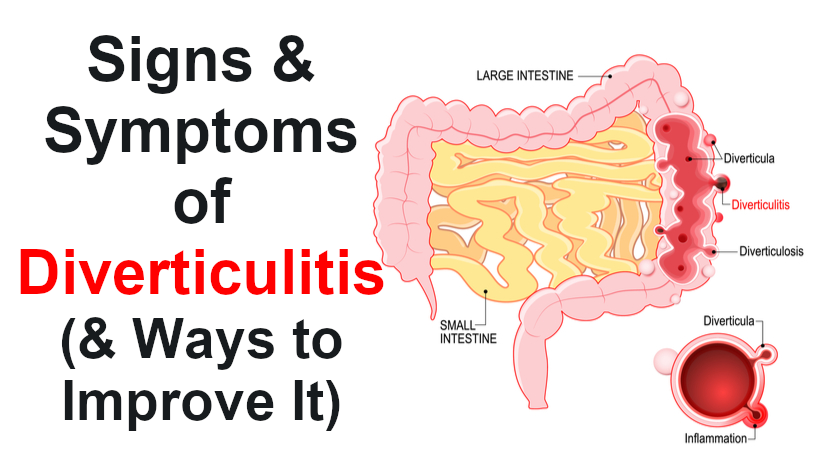Diverticulitis occurs when a small pouch in the digestive tract becomes inflamed or infected. While most common in overweight males over the age of 40, diverticulitis can affect women over 40 as well. You can also get diverticulitis if your diet does not consist of a lot of fruits and vegetables, beans, bread, grains, and nuts, according to the Cleveland Clinic.
Pain or sensitivity in the left lower side of your abdomen
With Diverticulitius, pain in the lower-left side of your abdomen is one of the most common symptoms that people report having. Since Diverticulitis is caused by diverticula, or pockets of air bubbles form on your digestive tract, as stated by the Cleveland Clinic, it is normal to feel pain or sensitivity on your abdomen, especially if you are constipated.
Bloating
Excess gas, pain, and bloating may lead to diverticulitis. Pockets called diverticula can be filled with gas and therefore induce gas pain and bloating. For mild diverticulitis, the University of Michigan suggests meditation or deep breathing.
Nausea and vomiting
When your body is nauseated and vomits, this is simply the body trying to get rid of any bad bacteria and acid that may be lingering within the stomach and body. For general nausea and vomiting treatment, drink lots of water, and avoid greasy foods. Following the BRAT (Bananas, rice, applesauce, and toast) diet may help to curb symptoms.
Constipation and Diarrhea
Constipation is rather common in those suffering from diverticulitis. What is less common, however, is diarrhea. People who normally develop symptoms of diverticulitis have a low fiber diet — a diet that does not consist of enough fruits, legumes and beans, grains, and nuts. This kind of diet leads to constipation, which increases pressure within the digestive tract with straining during bowel movements according to the American Society for Gastrointestinal Endoscopy. The combination of pressure and straining to push out waste from the body likely leads to diverticulosis, ASGE says.
See a doctor if you have blood in your stool.
Treatments:
Depending on the level of severity for diverticulitis, several treatments are available.
Most people who do not have symptoms do not have to get treatment. Simply switching to a high fiber diet or a liquid diet for a few days to a week may help to relieve symptoms.
For mild diverticulitis (or in this case diverticulosis), you may be able to use heating pads, deep breathing, and taking medicine such as acetaminophen (Tylenol) to help subside belly pain as recommended by the University of Michigan.
However, to prevent a diverticulitis attack in the future, it is best to switch to a high fiber diet, exercise regularly, and drink plenty of water. Based on the severity your doctor may prescribe you fiber supplements or medications to relax the body. On rare occasions, those with severe diverticulitis may have to get surgery as recommended by their doctor.
Works Cited:



